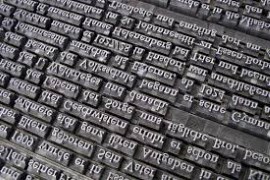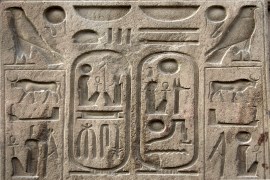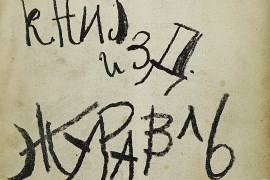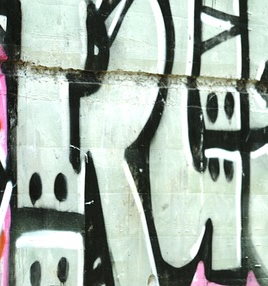Collections | Livre | Chapitre
The history and prehistory of natural-language semantics
pp. 149-194
Résumé
I show some of the ways in which the trajectory of work during the recent history of natural-language semantics has been shaped by its prehistory, by which I mean the period when the formal methods of semantics developed for the purposes of studying formal languages. Due to their primarily mathematical and philosophical aims, the key prehistoric figures—I focus on Frege, Carnap, and Tarski—idealized away from aspects of sentence meaning other than truth conditions. After Davidson and Montague transformed semantics from a set of tools for doing philosophy and mathematics into an empirical discipline in its own right, a long and gradual process of lifting these idealizations began, with the result that a sentence's meaning is now often thought of not as its truth condition but as its communicative potential.
Détails de la publication
Publié dans:
Lapointe Sandra, Pincock Christopher (2017) Innovations in the history of analytical philosophy. Basingstoke, Palgrave Macmillan.
Pages: 149-194
DOI: 10.1057/978-1-137-40808-2_6
Citation complète:
Harris Daniel W., 2017, The history and prehistory of natural-language semantics. In S. Lapointe & C. Pincock (eds.) Innovations in the history of analytical philosophy (149-194). Basingstoke, Palgrave Macmillan.










